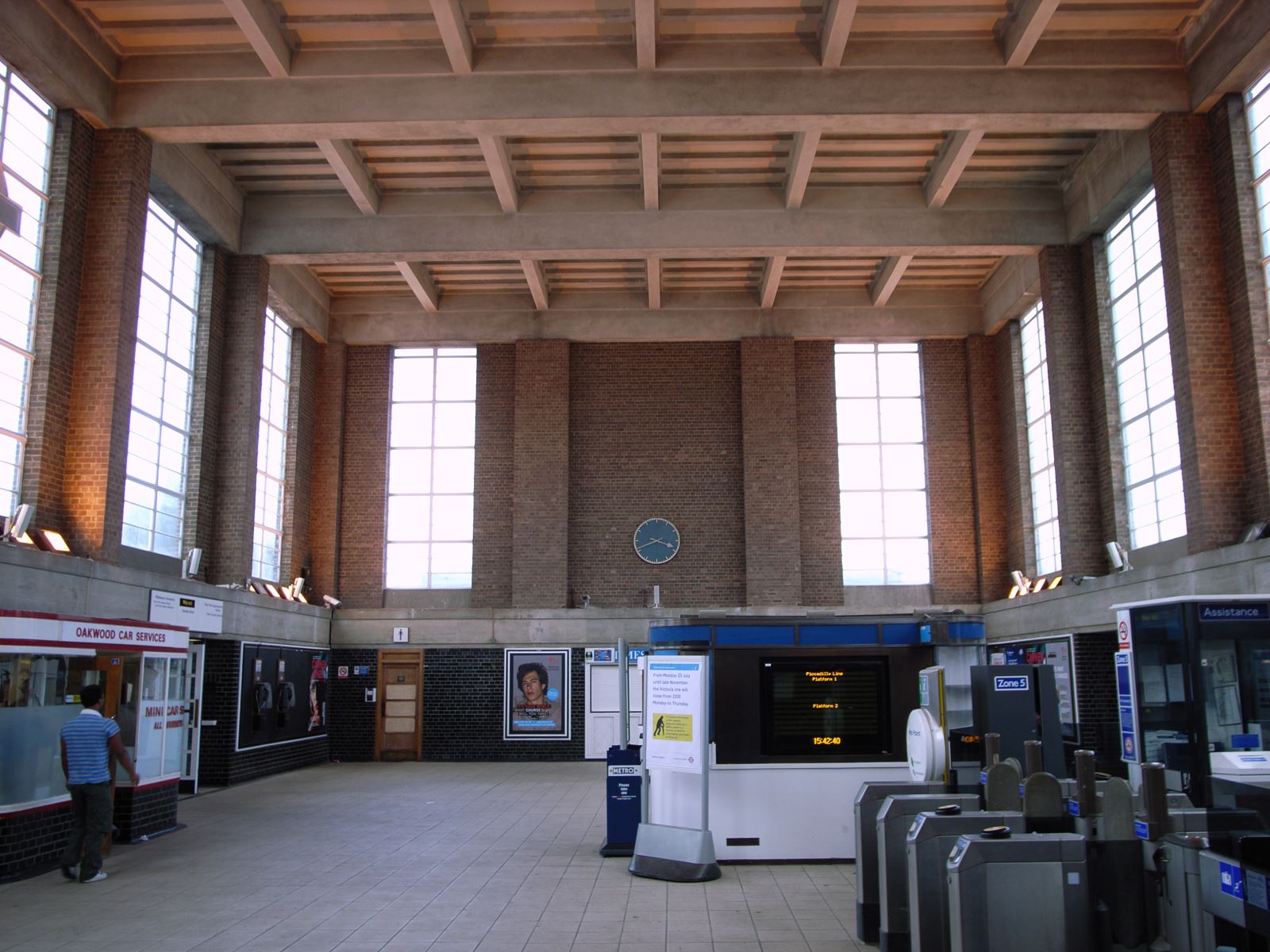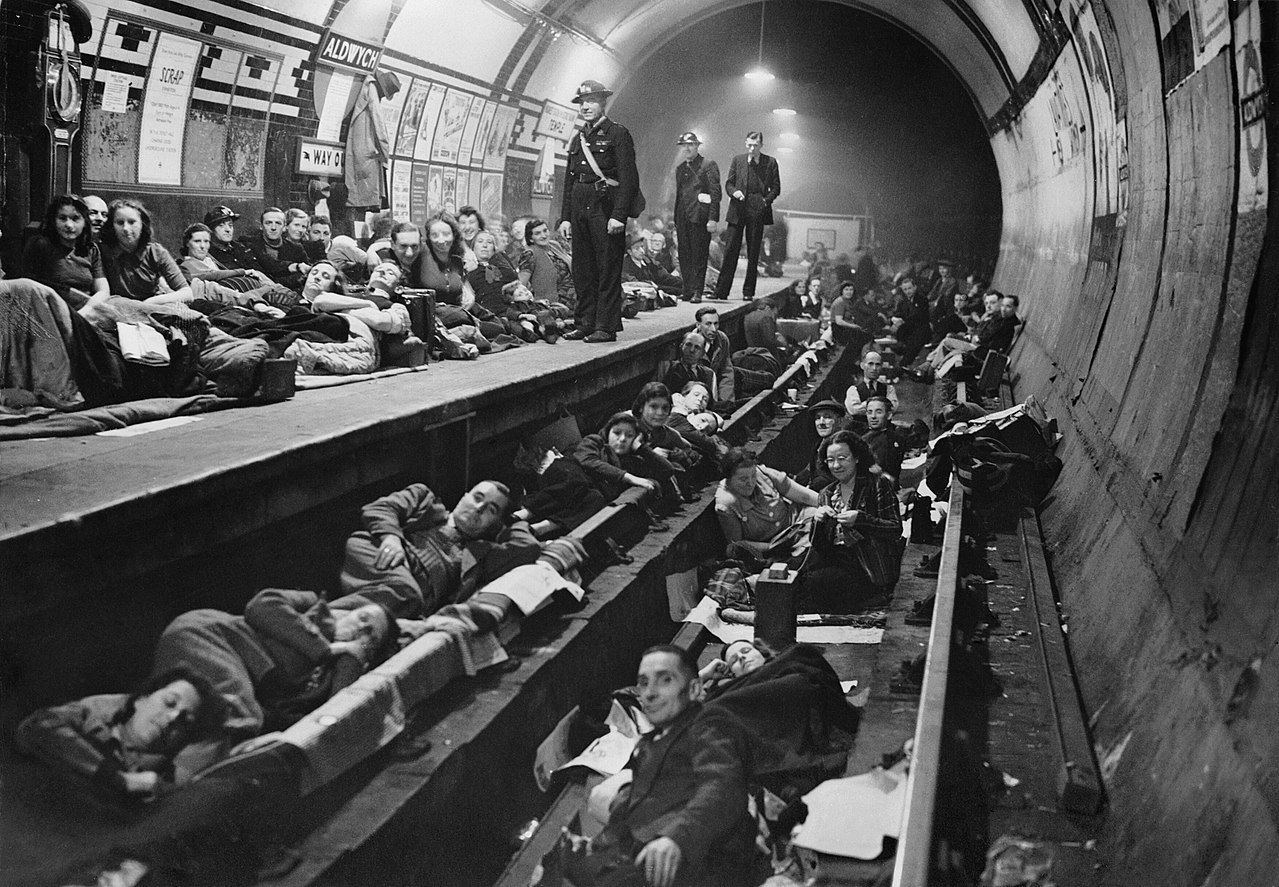Millions of people travel on the London Underground every day, often without giving much thought to the stations they pass through. Many underground stations are in fact listed buildings meaning that they have historical and architectural significance - hardly surprising when you think that the first Underground stations were opened back in 1863. Baker Street, Euston Square, Farringdon, Paddington, Great Portland Street and Kings Cross St. Pancras formed the first underground route and all six are still in operation today.
An impressive 71 stations have listed status with a further 5 having entrances within a building that holds listed status, for example Leicester Square, which is housed in the Grade II listed Hippodrome building.
Charles Holden and Leslie Green designed many of the stations given listed status with most being designed and constructed in the first half of the 20th century.
Gants Hill was designed by Charles Holden and was inspired by the subway system in the Soviet Union. Holden is also known for his box-shaped ticket halls on the stations he built to extend the Piccadilly line in the 1930’s. A fine example of this is Oakwood. The Grade II listing awarded to Oakwood also extends to the seating area outside, with the roundel logo, pylon and Art Deco style seating all designed by Charles Holden. Arnos Grove also has an art deco style and remains largely unchanged since it was built in 1932.
 The Charles Holden designed ticket hall at Oakwood Station
The Charles Holden designed ticket hall at Oakwood Station
Stations designed by Leslie Green can usually be identified by the distinctive oxblood red coloured tiles on their exteriors, good examples of which can be seen at Covent Garden and Leicester Square.
Bank Station holds Grade I status due to its 2 entrances within Grade I listed buildings, one within the Bank of England, and the other a disused entrance within the Church of St Mary Woolnoth. St James’ Park Station is housed within 55 Broadway, the London Underground Headquarters designed by Charles Holden and awarded Grade I status in 2011. The exterior of the building features sculptures by Jacob Epstein. The two sculptures, entitled “Day and Night” were controversial back in 1929 due to their nudity.
Aldwych Station was given Grade II listed status in 2011 despite being closed since 1994 after the required replacement of the original lift system was deemed uneconomical. Built in 1907 and originally known as Strand Station, the long abandoned Eastern tunnel was used to film part of the music video for The Prodigy’s classic “Firestarter”. During World War II, the stretch of the Piccadilly Line running from Aldwych to Holborn was used to store valuable treasures from the British Museum including the Elgin Marbles. The preserved entrance is still labelled as “Strand Station” and is now surrounded by London School of Economics university buildings.
.jpg) The now derelict Eastern Platform at Aldwych Station
The now derelict Eastern Platform at Aldwych Station
Art has often been showcased on the underground with many prominent artists and designers having their work displayed to millions of travellers in stations and on platforms. Art on The Underground was established by Transport for London in 2000 to focus on this important part of Underground culture. When Tottenham Court Road Station was restructured in preparation for the new Elizabeth line the Eduardo Paolozzi mosaic (originally completed in 1986) was painstakingly relocated from the Oxford Street entrance to its new location at platform level. The station also now houses a permanent art installation by Daniel Buren called “Diamonds and Circles”.
Gloucester Road station has displayed numerous works from leading artists below the Victorian arches along its platforms. In 2013 Mark Wallinger created a unique Labyrinth design for every station, to commemorate 150 years of the Underground.
During the World War II Blitz in 1940-41 the Underground was instrumental in saving lives. Many Underground stations were used as air raid shelters during the blitz. It started spontaneously with Londoners making their way to the underground with their families as night fell, to sleep wherever they could find space. At first the government tried to discourage the practice but by the end of the war over 22,000 beds had been installed in underground stations with some stations even being closed completely to be used solely as shelters.
 Londoners take shelter in the underground during World War II
Londoners take shelter in the underground during World War II
The Underground continues to grow and adapt with the creation of Crossrail – The Elizabeth Line - due to be fully operational by the end of 2020. There are sure to be more stations given listed status as this important part of our transport heritage grows.
Related
Comments
Comments are disabled for this post.

.png)


 to add an item to your Itinerary basket.
to add an item to your Itinerary basket.



